Career Change Cover Letter Template to Stand Out
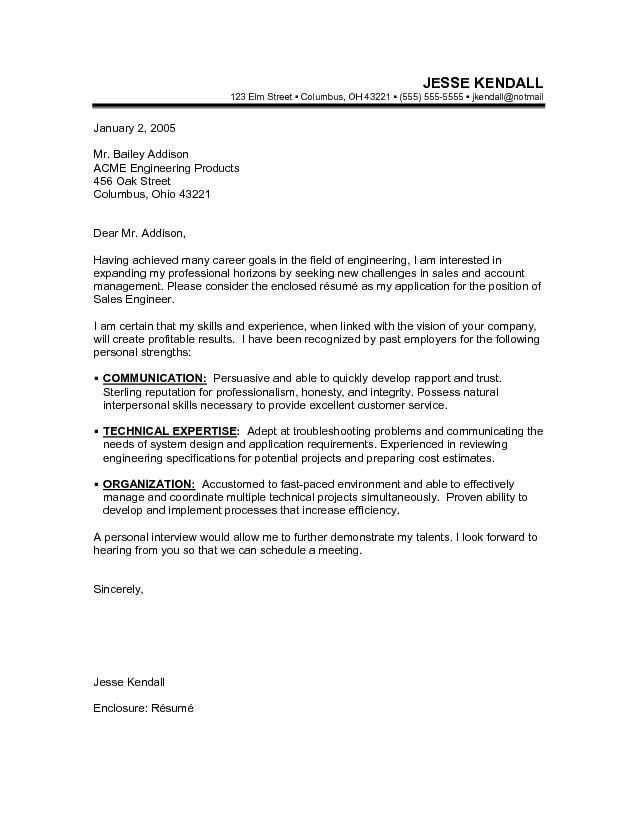
Transitioning into a new professional field can be challenging, but presenting yourself effectively in written form can make a significant difference. An impactful document can highlight your strengths and demonstrate how your previous experiences are relevant to the new role. With the right approach, you can stand out to potential employers and showcase your potential for success in a different industry.
When preparing such a document, it’s essential to focus on certain aspects that reflect your adaptability and commitment. Emphasizing your transferable skills, relevant qualifications, and enthusiasm for learning will help you create a compelling case. By tailoring your message and addressing the hiring manager’s needs, you’ll have a much stronger chance of making a positive impression.
Whether you’re drafting this document for the first time or refining an existing version, it’s important to strike a balance between professionalism and personal appeal. Effective communication can make all the difference in your job search journey.
Crafting an Effective Introduction for a New Role
When transitioning into a different industry, effectively presenting your qualifications and experiences is crucial. This is the moment when you need to clearly demonstrate how your skills are applicable and how you can add value to the organization. It is essential to focus on how your previous roles have prepared you for the new opportunities you wish to pursue, despite the difference in job titles or sectors.
Highlighting Transferable Skills
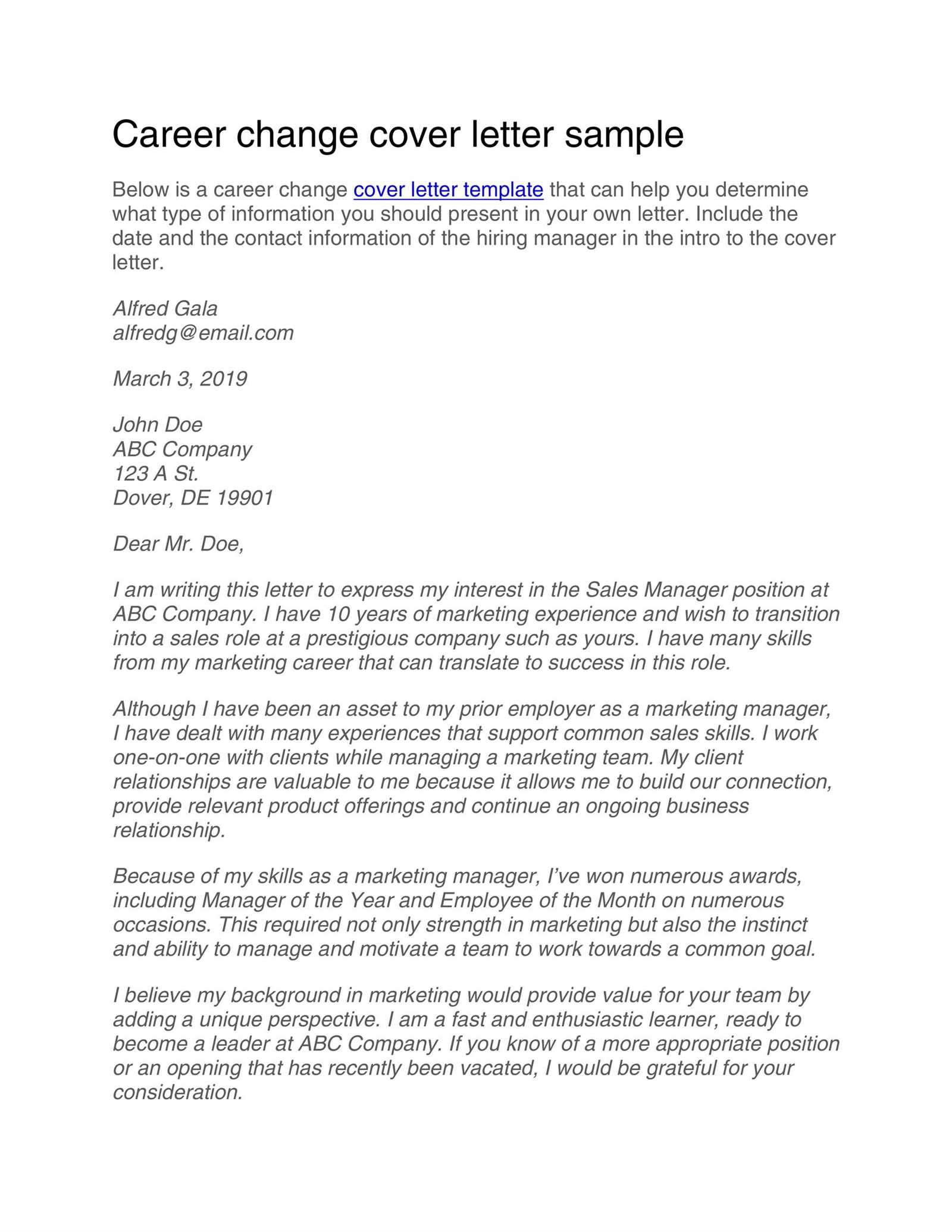
One of the most important aspects to emphasize is your transferable skills. These are abilities that are valuable across multiple fields, such as communication, problem-solving, leadership, and time management. Show how these skills have contributed to your previous successes and how they will support you in the role you’re targeting. The more you align your background with the responsibilities of the new job, the easier it will be for potential employers to see your fit within their team.
Personalize Your Approach
In this type of professional communication, it’s also vital to make a personal connection. Tailoring your message to the specific organization or industry not only shows your enthusiasm but also illustrates that you’ve done your research. Highlight why you’re drawn to this new direction and how your passion and previous experiences make you an ideal candidate. By doing so, you increase your chances of standing out in the competitive job market.
Why You Need a Compelling Letter
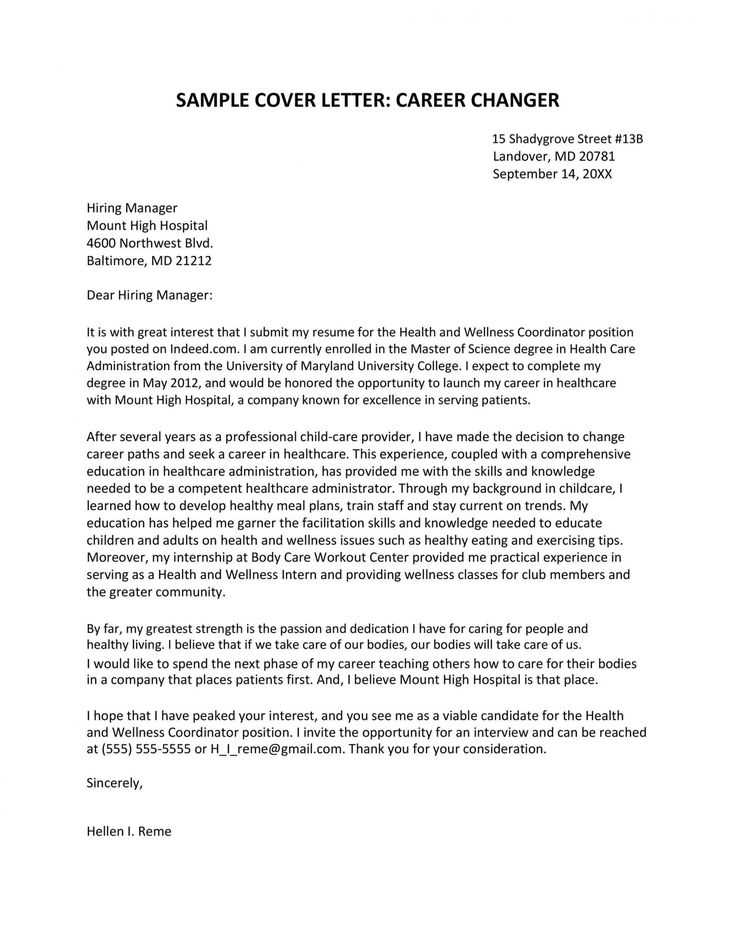
When applying for a position in a different field, a well-crafted document is essential to make a strong impression. This written communication serves as your chance to explain why you are the right fit for the role, despite a potential lack of direct experience in that specific area. A persuasive presentation of your qualifications and transferable skills can demonstrate your potential and readiness to succeed in the new environment.
Key Reasons for Creating an Impactful Document
- Stand out from the competition: A compelling message allows you to differentiate yourself from other candidates, especially those with more traditional backgrounds in the field.
- Showcase your enthusiasm: It offers an opportunity to demonstrate your genuine interest in the position and your motivation to embark on a new professional journey.
- Bridge the experience gap: Through thoughtful articulation, you can bridge the gap between your past experiences and the requirements of the job, proving that you are capable of excelling.
What Makes a Persuasive Communication?
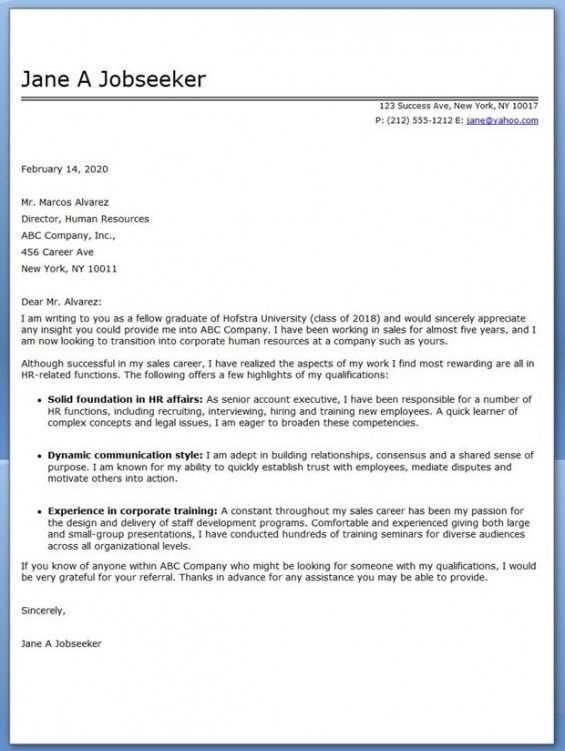
A strong document highlights your transferable skills, explains how past experiences are relevant, and conveys a clear desire to learn and grow. It’s about making the case that despite the shift in industries, your background equips you for the challenges and responsibilities of the new position. A well-crafted communication is your chance to make a memorable first impression and move ahead in the hiring process.
Essential Elements of a Career Change Letter
When applying for a position in a different field, it’s crucial to include certain key components in your written communication to make a strong case. These elements not only introduce you to potential employers but also show that you understand the requirements of the role and how your background can fulfill them. A well-structured message should effectively convey your skills, experience, and motivation to transition smoothly into the new role.
First and foremost, clearly stating your motivation for applying is essential. Highlight why you are interested in this new direction and demonstrate your enthusiasm for the industry. Additionally, focusing on transferable skills that are applicable to the new position is critical. These skills could include leadership, problem-solving, communication, and adaptability, which can be valuable across various sectors.
Moreover, providing concrete examples from your past experience can further strengthen your application. These examples show how your prior work has prepared you for the challenges of the new role, even if the industries are different. Tailoring your message to the specific job description and company also helps create a personalized touch, showing your dedication to the role.
Highlighting Transferable Skills Effectively
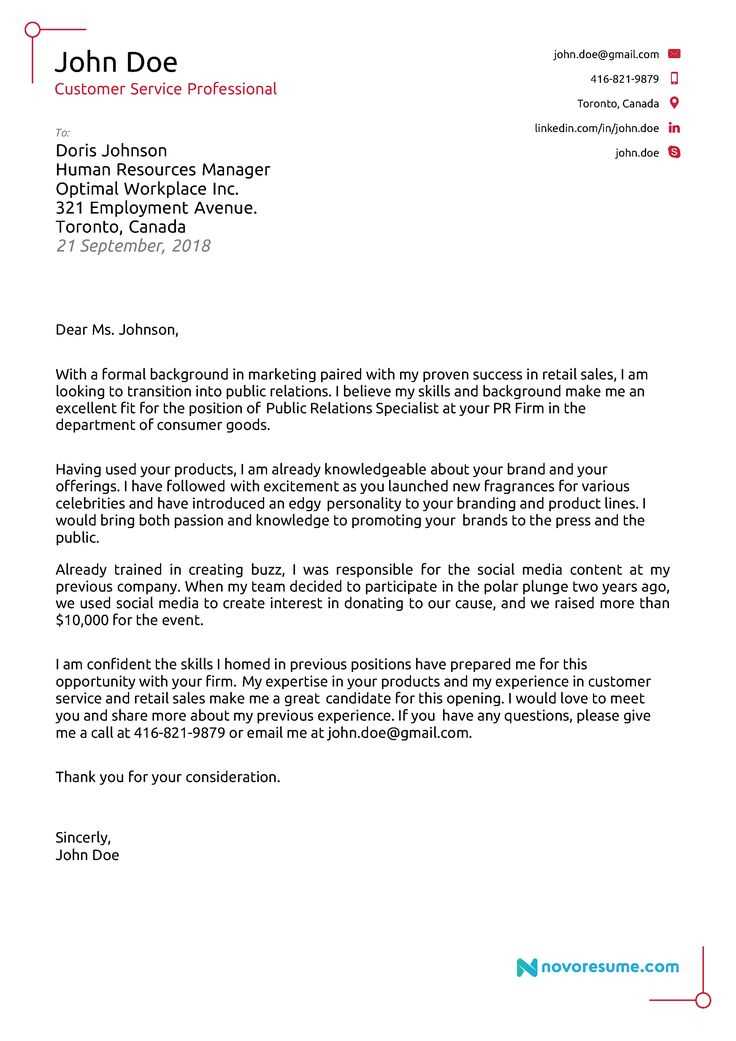
One of the most powerful ways to demonstrate your suitability for a new role is by emphasizing the skills you’ve developed in your previous positions that can be applied across various fields. These are abilities that remain valuable, regardless of the industry or job title. By highlighting these skills, you can show hiring managers that you have the necessary foundation to thrive in a different professional environment.
Communication, problem-solving, leadership, and adaptability are examples of essential skills that translate well to many roles. It’s important to frame your past experiences in a way that illustrates how these abilities were key to your past successes and how they can directly benefit your new employer. For instance, if you’ve led a team in your previous role, explain how your leadership skills will help you manage tasks and collaborate effectively in the new position.
Additionally, using concrete examples is crucial. Rather than simply listing your skills, provide specific instances where you applied them to achieve results. This approach will make your abilities more tangible and relevant to the hiring team, helping them visualize your potential contributions to their organization.
Customizing Your Letter for the Role
To make a strong impact, it’s essential to tailor your message to fit the specific position and company you’re applying to. Customizing your application allows you to highlight the most relevant aspects of your background, demonstrating to potential employers that you’ve taken the time to understand their needs and align your qualifications with the job description. This personalization not only shows enthusiasm but also signals your dedication to making a meaningful contribution.
Research the Company and Role
Before writing, take time to research the company and its values. Understanding the organization’s goals and culture will help you craft a message that resonates with them. Highlight your experiences and skills that match their key priorities, and demonstrate how you can contribute to their success. By focusing on their needs and showing that you are a good fit for their team, you increase your chances of standing out from other applicants.
Address Specific Job Requirements
Carefully read the job description and identify the most important qualifications and responsibilities. Then, tailor your message by emphasizing how your skills, experiences, and achievements align with these specific requirements. Whether it’s project management, technical expertise, or customer service, ensuring that your application directly addresses what the employer is seeking will make your candidacy more compelling.
Common Mistakes to Avoid in Applications
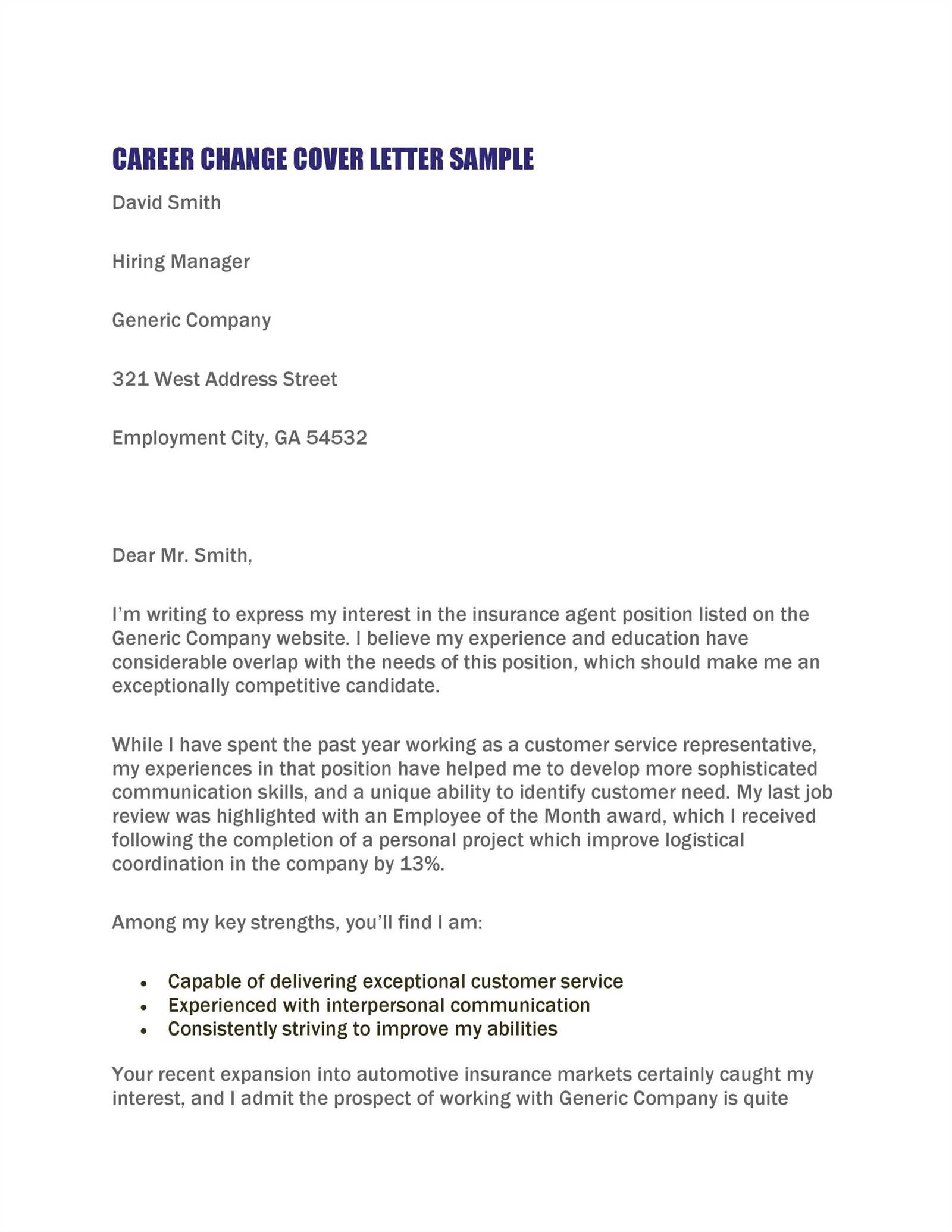
When preparing your application for a new role, it’s easy to overlook some details that can make a significant difference. Avoiding common errors can greatly improve your chances of making a lasting impression. By ensuring your message is clear, well-structured, and focused on the right points, you can present yourself as a strong candidate.
Overlooking Specifics in the Job Description
One of the biggest mistakes is failing to tailor your message to the specific job requirements. It’s crucial to directly address the qualifications and skills that the employer is seeking. A generic application might show your interest, but it won’t demonstrate your genuine understanding of the role. Be sure to:
- Highlight relevant skills and experiences
- Match your qualifications with the job requirements
- Provide examples that reflect your suitability
Focusing Too Much on Past Roles
While it’s important to showcase your previous work, focusing too much on past roles without relating them to the new position can be a mistake. Emphasize how your skills and achievements can translate to success in the new position. Instead of just listing job titles, consider:
- Focusing on transferable skills
- Highlighting your adaptability and growth potential
- Drawing connections between your past work and the role you’re applying for
Strategies for Creating a Strong Impression
To stand out among other applicants, it’s essential to craft a compelling application that captures the attention of hiring managers right from the start. A well-structured, thoughtful approach can highlight your strengths and showcase your enthusiasm for the role. Below are effective strategies to ensure your application makes a lasting impression.
| Strategy | Description |
|---|---|
| Be Clear and Concise | Keep your message focused, avoiding unnecessary details. Make it easy for the hiring team to quickly understand your qualifications and why you’re a good fit. |
| Show Enthusiasm | Demonstrating passion for the role can make a big impact. Express your excitement for the opportunity to join the team and contribute to the company’s goals. |
| Provide Relevant Examples | Support your claims with concrete examples. Showcase your achievements and skills by linking them to specific tasks or challenges you’ve successfully handled in the past. |
| Use a Professional Tone | Maintain professionalism throughout your application. Even if you’re enthusiastic, ensure your language is respectful and appropriate for the business environment. |
By applying these strategies, you can significantly improve your chances of leaving a memorable impression and positioning yourself as a strong candidate for the job.